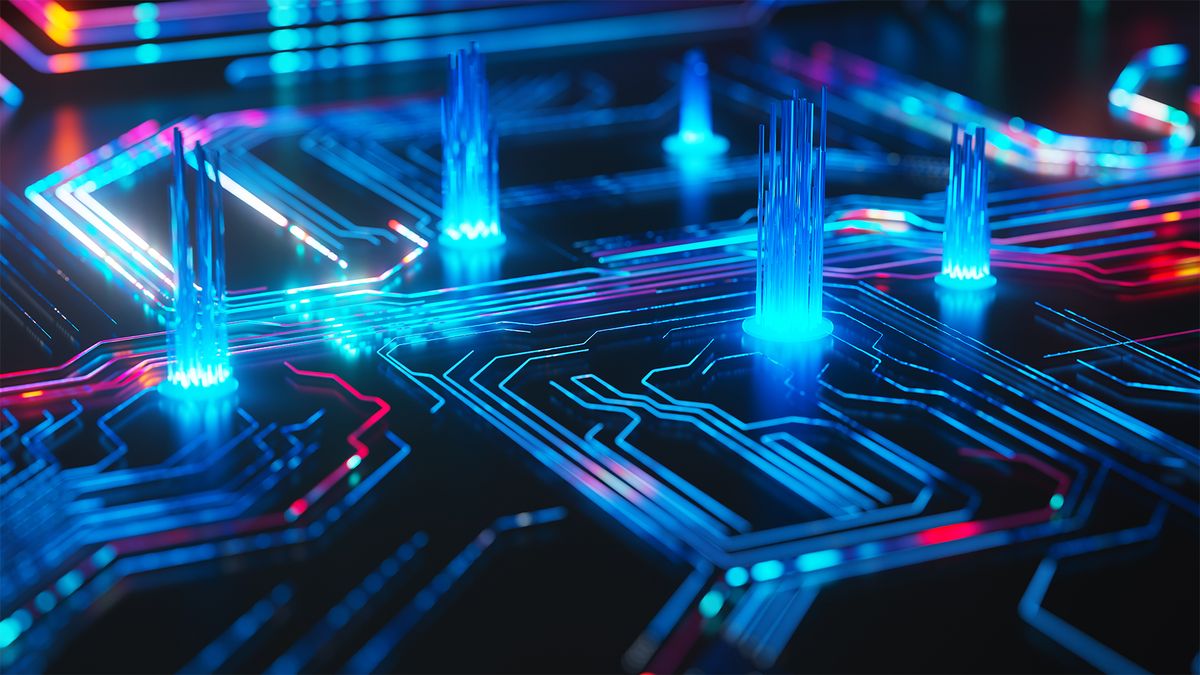While business leaders say they’re concerned about the power demands of AI within their organization, few are managing to monitor it properly.
Seven-in-ten business leaders say they’re aware of the significant energy required to train or run AI models, and half are concerned about the energy and efficiency challenges this brings.
Yet despite this, just 13% are monitoring the power consumption of their AI systems.
Only six-in-ten acknowledge that energy efficiency will play a crucial role in future strategic planning, thanks to both cost management imperatives and operational scalability concerns.
Rodrigo Liang, CEO of SambaNova Systems, said the study paints a stark picture of AI adoption, with firms rushing to embrace the technology while failing to manage its energy impact.
“Without a proactive approach to more efficient AI hardware and energy consumption, particularly in the face of increasing demand from AI workflows, we risk undermining the very progress AI promises to deliver,” Liang said.
“By 2027, my expectation is that more than 90% of leaders will be concerned about the power demands of AI and will monitor consumption as a KPI that corporate boards will track closely.”
Among those organizations that have widely deployed AI, more than three-quarters are actively seeking to reduce power usage. Popular approaches include hardware and software optimization, adopted by 40%, adopting energy-efficient processors (39.3%), and investing in renewable energy (34.9%).
For one-fifth of companies, rising power costs are a pressing issue, with 37% experiencing increasing stakeholder pressure to improve AI energy efficiency, and a further 42% expecting these demands to emerge soon.
However, while seven-in-ten leaders recognize the energy-intensive nature of training large language models (LLMs), only six-in-ten are aware of the significant power demands of inference.
This highlights a critical gap, researchers said, as inference workloads are set to dominate AI usage with the scaling of Agentic AI.
Similarly, the excessive power consumption and prohibitive costs associated with current GPU-based solutions are likely to force many enterprises to seek more efficient alternatives.
This has the potential to fundamentally change the AI hardware landscape to favor solutions that deliver high performance without unsustainable energy demands.
“The rapid pace of AI adoption underscores a critical need for enterprises to align their strategies with the power requirements of AI deployment,” said Liang. “As businesses integrate AI, addressing energy efficiency and infrastructure readiness will be essential for long-term success.”
Late last year, the International Energy Agency (IEA) found that interactions with solutions like ChatGPT use ten-times more electricity than a standard Google search.
Training a large language model uses nearly 1,300MWh of electricity, the agency found – the annual consumption of about 130 US homes.
And if ChatGPT were integrated into the nine billion searches carried out each day, the electricity demand would increase by 10 terawatt-hours per year.
Source link
